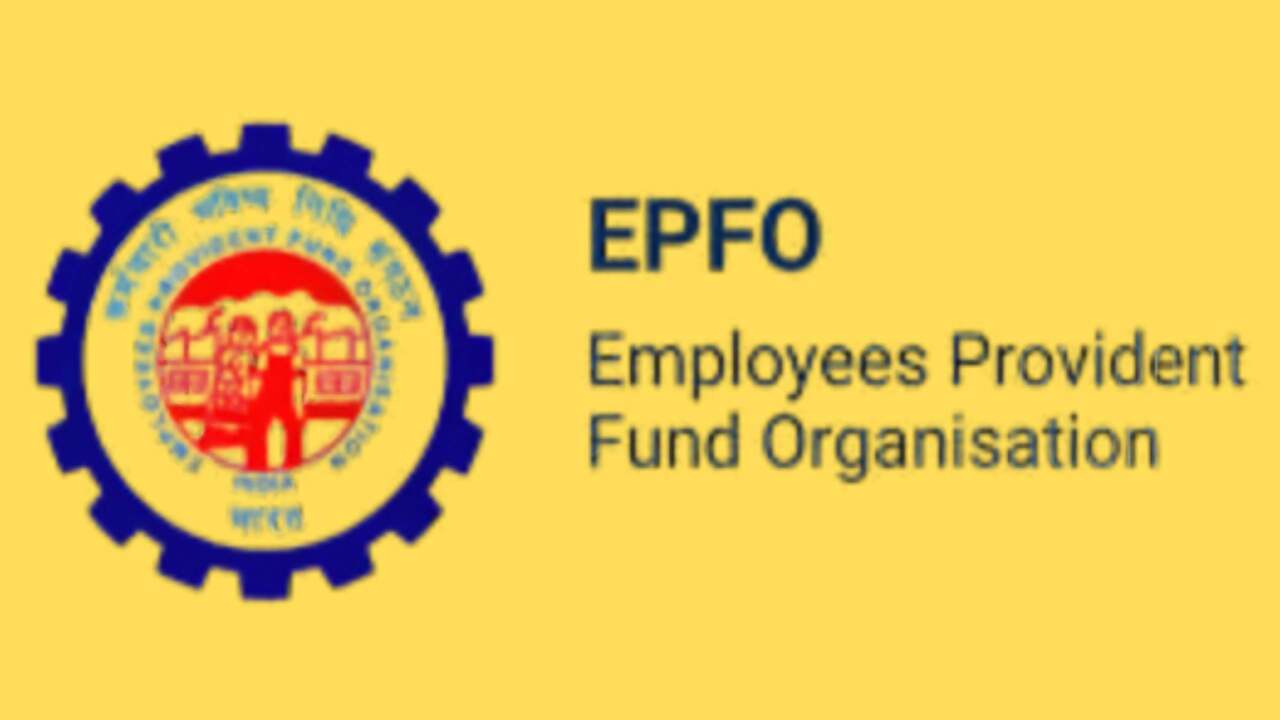EPFO has also implemented a minimum balance requirement, requiring that 25% of the PF contributions stay in the account in order to preserve a safety net for retirement.
In a significant move to streamline and enhance provident fund contributions, the Employees’ Provident Fund Organization (EPFO) has updated its guidelines for partial withdrawals. Essential Needs, Housing Needs, and Special Circumstances are the three main categories into which the new framework divides the thirteen disparate and sometimes perplexing regulations.
In the past, members had to deal with a variety of qualifying requirements and withdrawal restrictions under several provisions, which caused confusion and delays. With a total capital of around Rs 30 lakh crore, the most recent reform seeks to expedite and increase transparency for its 30 crore members.
EPFO 3.0: A summary of the main changes
The modification of withdrawal restrictions is one of the most significant improvements under EPFO 3.0. Depending on the reason, members may now take out up to 100% of their qualifying provident fund balance, which includes employer and employee contributions. However, the EPFO has implemented a minimum balance requirement, meaning that at least 25% of the EPF balance must stay in the account in order to provide a safety net during retirement. To put it another way, members may now take out up to 75% of their EPF corpus while still keeping the required minimum balance.
Additionally, the service need is now standardized. Each withdrawal had different qualifying requirements in the past. For instance, withdrawals connected to marriage required a minimum of seven years of service, whereas withdrawals related to housing required a minimum of five years. The new regulations generally established a 12-month minimum service time for all partial withdrawals.
Members may now withdraw under the “Special Circumstances” category without giving a reason, which is a significant liberalization. Withdrawals under this heading formerly needed documentation, such as for crises, unemployment, or natural disasters. The anticipated outcome of this modification is a considerable reduction in process delays.
Additionally, the cap for withdrawals relating to marriage and schooling has been raise. Previously, members could only withdraw three times in total; currently, they may withdraw up to ten times for schooling and five times for marriage.
Furthermore, there has been a revision to the timetable. In contrast to the previous two-month timeframe, members may now only apply for a final PF settlement 12 months after quitting their job and for a pension withdrawal 36 months thereafter. In contrast to the prior two-month term, this has actually made the settlement requirements stricter.
Enhancing the simplicity of withdrawal has also been a priority for EPFO. The new structure intends to automatically resolve claims for incomplete withdrawals. Because of the process’ integration with EPFO’s digital systems, there will be less human involvement and quicker disbursement.
For more than 30 crore members, EPFO has successfully streamlined the procedure and improved financial accessibility by combining and updating the partial withdrawal rules. At the same time, it has required a minimum balance of 25%, stating that this would allow members to benefit from compounding advantages and the high interest rate provided by EPFO, which is now 8.25 percent annually, in order to build up a high-value retirement foundation.

